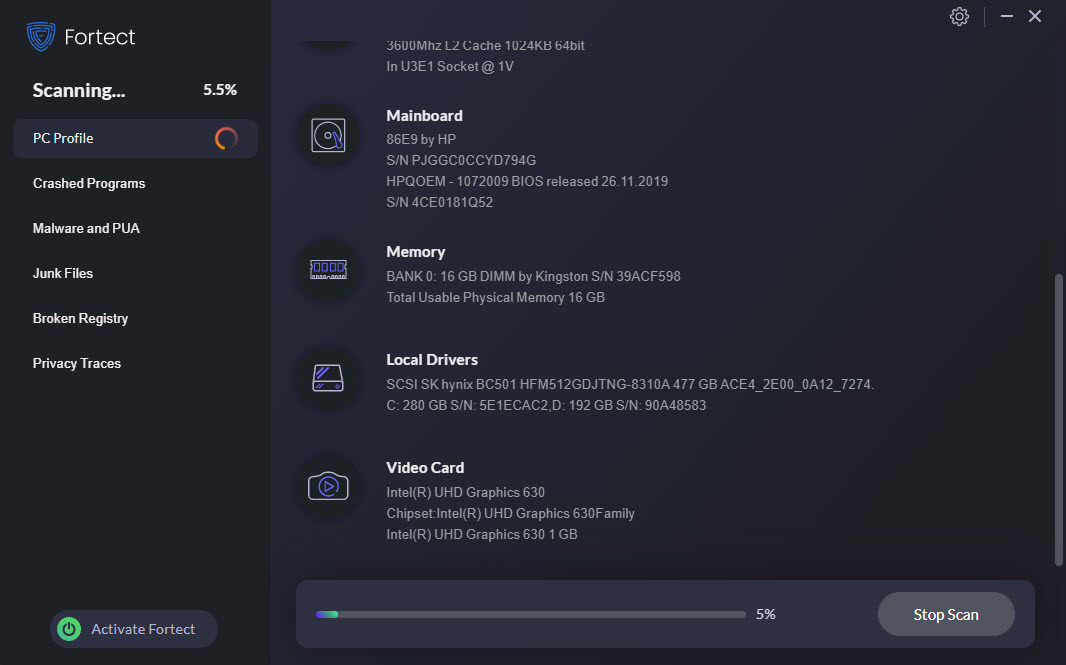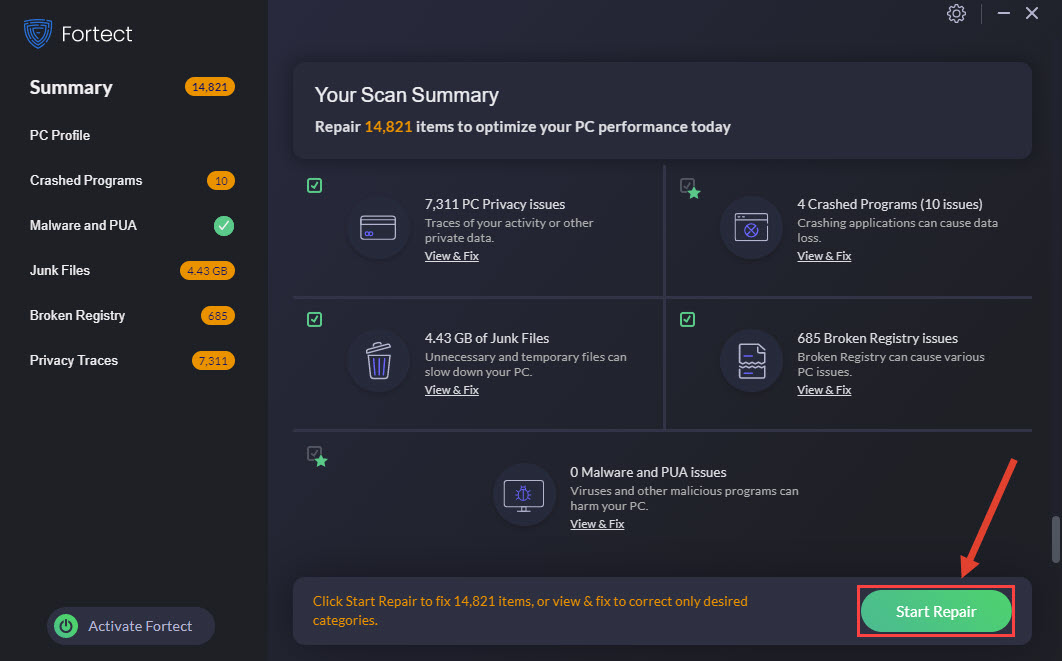If you’re trying to install Windows updates in Windows 10 but are stuck on the “Check for updates” process; or you can’t install updates, don’t worry, you are not alone. You can find solutions from this article to solve the Windows 10 not updating problem.
5 methods for Windows 10 not updating issue:
You may not have to try them all; just work your way down until you find the one that works for you.
- Run Windows Update troubleshooter
- Update your drivers
- Restart the Windows update service manually
- Fix Windows file corruption
- Do a clean install of Windows 10
Method 1: Run Windows Update troubleshooter
Whenever you’re having problems with Windows system, the easiest method you can try is to run the Windows built-in troubleshooters. Windows 10 has built-in troubleshooters to diagnose and automatically fix common problems. There are many troubleshooters for different problems.
For the Windows 10 not updating issue, you can run the Windows update troubleshooter to resolve the problem.
- Press the Windows logo key + I together and then click Update & Security.

- Select Troubleshoot tab and click Windows Update. Then click Run the troubleshooter.

- Wait for the result and follow the instructions on the screen.

- Restart your PC and check to see if the Windows 10 not updating issue is resolved.
Method 2: Update your drivers
The problem can be caused by faulty drivers, especially the faulty network card drivers. So one of the things you should do is to verify that all your devices have the right drivers, and update those that don’t.
If you don’t have the time, patience or computer skills to update the drivers manually, you can do it automatically with Driver Easy.
Driver Easy will automatically recognize your system and find the correct drivers for it. You don’t need to know exactly what system your computer is running, you don’t need to risk downloading and installing the wrong driver, and you don’t need to worry about making a mistake when installing.
You can update your drivers automatically with either the FREE or the Pro version of Driver Easy. But with the Pro version it takes just 2 clicks (and you get full support and a 30-day money back guarantee):
- Download and install Driver Easy.
- Run Driver Easy and click the Scan Now button. Driver Easy will then scan your computer and detect any problem drivers.

- Click the Update button next to the flagged device to automatically download the correct version of its driver, then you can manually install it (you can do this with the FREE version).
Or click Update All to automatically download and install the correct version of all the drivers that are missing or out of date on your system (this requires the Pro version – you’ll be prompted to upgrade when you click Update All).
- After updating the drivers, check to see if the Windows 10 not updating issue is resolved.
Method 3: Restart the Windows Update service manually
To fix the Windows 10 not updating issue, you can try to restart the Windows Update service manually. Restarting the service can release the occupied system files and make the program back to normal.
Here’s how to restart the Windows Update service:
- On your keyboard, press the Windows logo key and R key at the same time to invoke the Run box.
- Type “cmd” and press Shift+Ctrl+Enter together to open Command Prompt in the administrator mode.
Note: Do NOT click OK or just press the Enter key as that won’t allow you to open Command Prompt in the administrator mode.
- Type “net stop wuauserv” and press the Enter key on your keyboard. You’ll see a message saying The Windows Update service was stopped successfully.

- Type “net start wuauserv” and press the Enter key on your keyboard. Then the Windows Update service will be started again.

- Check to see if the Windows not updating issue is resolved.
Method 4: Fix Windows file corruption
When your computer’s system file was broken or corrupted, it may cause the Windows 10 not updating issue. There are 2 ways to repair the broken system files.
- Option 1- Automatically (Recommended)
Use a repair tool to check various areas in your computer to determine the cause of Windows common issues. It will deal with issues related to system errors, and critical system files and find the right fix for you. - Option 2 – Manually
System File Checker is a built-in tool to check for corrupt, damaged system files and manage to restore them if there are any. However, this tool can only diagnose major system files, and won’t deal with damaged DLL, Windows Registry key, etc.
Option 1 – Automatically (Recommended)
Fortect is a computer repair software that can diagnose problems on your computer and fix them immediately.
It is tailored to your specific system and is working in a private and automatic way. It will first check hardware-related issues to identify problems, and then security issues, and finally it detects programs that crash, and missing system files. Once complete, it will find a solution to your specific problem.
- Download and install Fortect.
- Open Fortect and click Yes to run a free scan of your PC.

- Fortect will scan your computer thoroughly. This may take a few minutes.

- Once done, you’ll see a detailed report of all the issues on your PC. To fix them automatically, click Start Repair. This requires you to purchase the full version. But don’t worry. If Fortect doesn’t solve the issue, you can request a refund within 60 days.

Email: support@fortect.com
Option 2 – Manually
- On your keyboard, press the Windows logo key and R key at the same time to invoke the Run box.
- Type “cmd” and press Shift+Ctrl+Enter together to open Command Prompt in the administrator mode.
Note: Do NOT click OK or just press the Enter key as that won’t allow you to open Command Prompt in the administrator mode.

- Type “sfc /scannow” in the window and press Enter. Then wait for the verification is 100% complete.

- Restart your computer to check if the Windows not updating issue is resolved.
If the result indicates that there are broken files exists but SFC can’t fix it, you can turn to Deployment Image Servicing and Management (DISM) Tool for deeper examine and repair.
Click here for a tutorial on how to use the DISM Tool.
Method 5: Reinstall Windows 10
If all else fails, you may have to reset Windows, or maybe even reinstall it together. We all know reinstalling will delete all the data on your hard drive, you have to back up all your important files before doing it.
However, with Fortect, there’s no need for lengthy back-ups, support phone calls, or risk to your personal data. It can reset Windows to the state exactly when it was just installed without affecting third-party software.
But treat these options as a last resort, because they both take quite a long time.
Hopefully, these methods can help you resolve the Windows 10 not updating issue. If you have any questions or suggestions, please let us know by commenting below.





